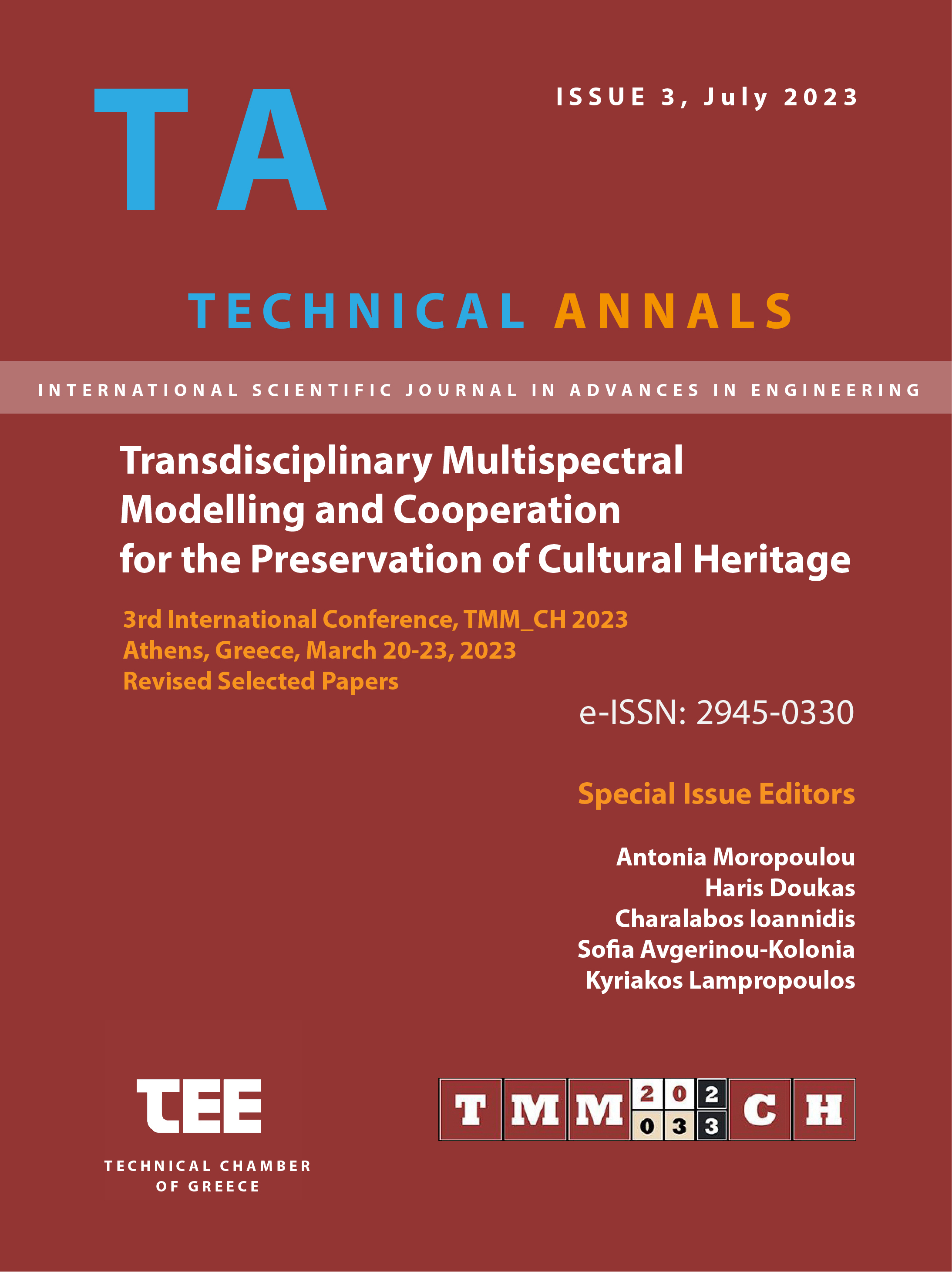Heritage at Risk -The educational role of Museums in rescuing and promoting tangible and intangible cultural heritage The Benaki Museum example

Abstract
The recent directive of the European Union for merging tradition with innovation for the sustainability of European culture and particularly for the resilience of traditional arts has found its perfect example in the past in the seminars of traditional jewellery-making techniques organized for 25 years at the Benaki Museum by the undersigned with the collaboration of several colleagues of the museum. The seminar drew on inspiration from the itinerant goldsmiths of Epirus region and was based on the need for a portable workshop; it was thus traditional in both its concept and implementation. On the other hand, it was also innovative, as it didn’t stop with the graduation of the students, but it included a great deal of mentoring, which led to the formation of new businesses (start-ups we would call them today) by the students themselves. Nowadays, when the shops tend to be more and more inundated by computerized designs, this continuing education seminar could become again a highlight for museums which would merge cultural heritage with Creative and Cultural Industries.
Article Details
- How to Cite
-
De Chaves, L. (2023). Heritage at Risk -The educational role of Museums in rescuing and promoting tangible and intangible cultural heritage The Benaki Museum example. Technical Annals, 1(3). https://doi.org/10.12681/ta.41301
- Section
- Cultural Heritage

This work is licensed under a Creative Commons Attribution-NonCommercial-ShareAlike 4.0 International License.


